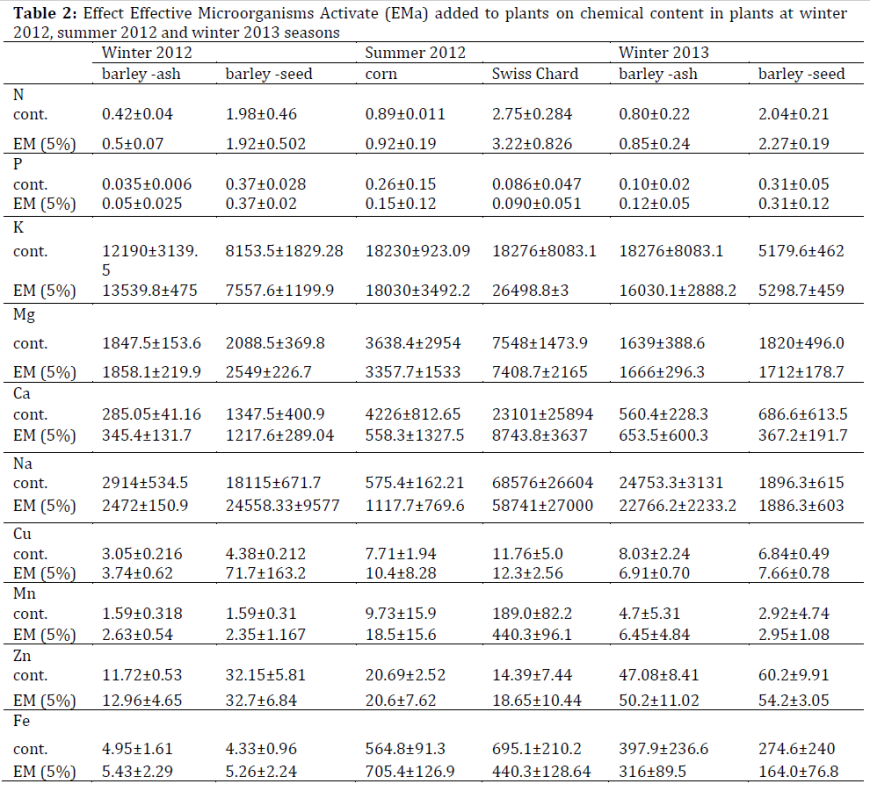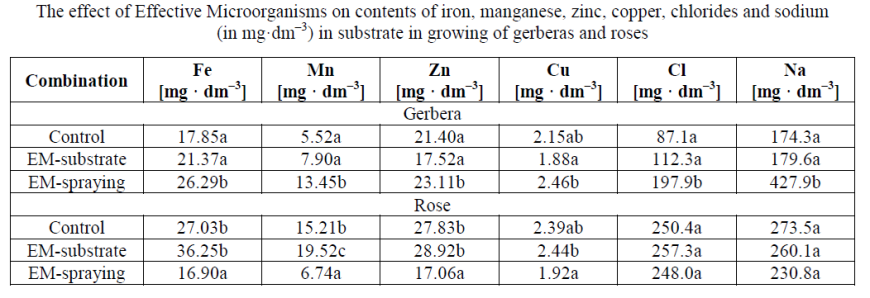17 essential nutrients for healthy plant growth have been identified. We often talk about the macro elements e.g. NPK but the smaller trace elements (or microelements) can often be treated as an afterthought. However it is often the case that they provide the key to how well the other nutrients are used and how well the plant grows, develops and yields.
They play a vital and complex role in plant development and health and therefor the health of whom or what is eating these plants e.g. Humans or Livestock. These trace elements promote the strong, steady growth of crops to help maximise growth potential and produce greater crop. The specific areas trace elements will play a role in crop development is through root development, fruit setting and grain filling, seed viability and plant vigor and health. Trace elements also play a role in stimulating soil biology by proving a food source and contributing to the nutrient cycles in the rhizosphere.
Trace element deficiency can be a major factor in a crop delivering poor yields. This results from stunted growth, dieback, poor germination and even plant death.
Intensive farming especially cropping removes trace elements form the soil, in addition intensive NPK fertiliser use especially Phosphate can reduce the availability of some TE. It is important for levels of trace elements to be analysed via a comprehensive soil test and then included as part of a fertiliser mix based on cropping rotation and farming system.
How EM can impact Trace Elements
 EM stimulates the biological environment in the soil to enhance the microbial interaction with plant roots to improve nutrient availability in soil for plant uptake. EM has a dramatic effect on adding and stimulating other microbes in the soil. This creates a diverse and active soil environment. A highly active soil life continually increase soil nutrient availability by transforming unavailable nutrients into bio-available forms for plant uptake which often is the case with trace elements. Microbes can also provide essential nutrients to the plant by releasing critical nutrients when they die.
EM stimulates the biological environment in the soil to enhance the microbial interaction with plant roots to improve nutrient availability in soil for plant uptake. EM has a dramatic effect on adding and stimulating other microbes in the soil. This creates a diverse and active soil environment. A highly active soil life continually increase soil nutrient availability by transforming unavailable nutrients into bio-available forms for plant uptake which often is the case with trace elements. Microbes can also provide essential nutrients to the plant by releasing critical nutrients when they die.
Trial Data
This trial on the Impact of Effective Microorganisms (EM) on development of Barley, Corn and Chard plants and published in the International Scientific Journal looked at the impact of EM on trace element uptake.
Table 2 below shows that EM had a statistically significant impact on Trace element uptake including showing that EM was most elevated in the first season in magnesium content in grain plants while EM s in the second season gave higher beneficial outcome on leaf calcium content in Swiss Chard plant. In addition, Cu, Mn, Zn, and Fe substance of leaf, and grain was essentially (p < 0.05) higher in the EM fertiliser plot than in the control plot. Plants treated with the EM indicated critical improvements when contrasted with the untreated plants.

This trial published in the Journal of Society of Ecological Chemistry and Engineering looked at the effect of effective microorganisms (EM) on nutrient contents in substrate and development and yielding of rose and gerbera. The table below from that trial shows that a marked increase was shown for contents of iron, manganese and chlorides in substrates both in the cultivation of gerberas and roses, in case of application of EM.

Source link














